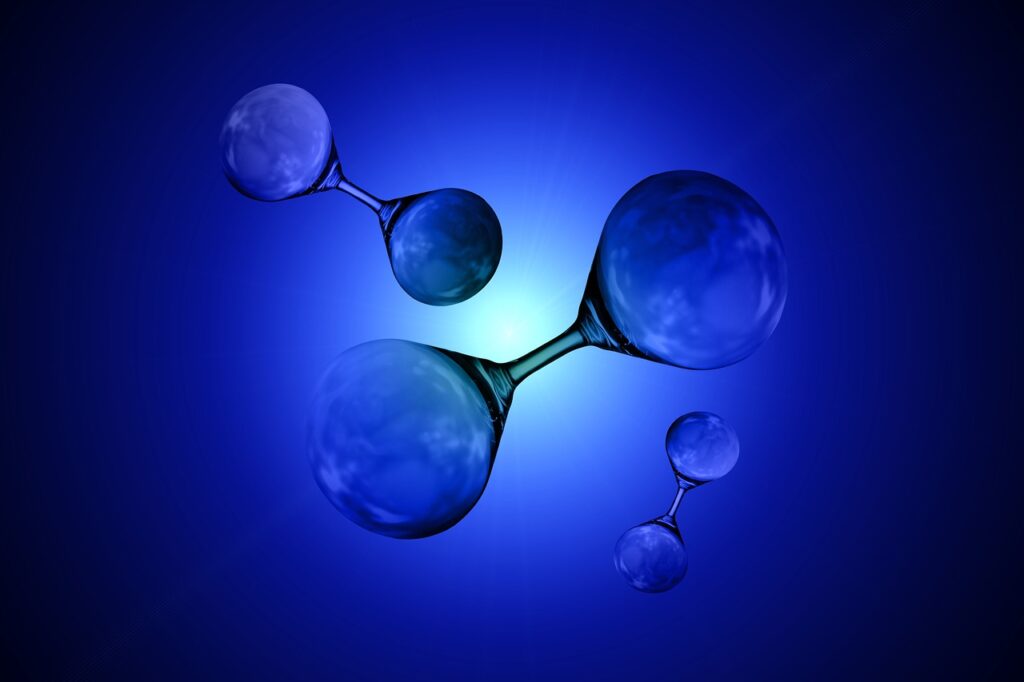BP’s CEO Murray Auchincloss recently announced the company’s plans to develop five to ten low-carbon hydrogen projects within this decade.
These projects are intended to produce green hydrogen through electrolysis, aiming to fuel sustainable aviation and decarbonize BP’s refining processes.
BP’s pledge to initiate five to ten low-carbon hydrogen projects is presented as a significant step towards reducing greenhouse gas emissions. The company’s immediate focus includes projects at its Castellon refinery in Spain and the Lingen refinery in Germany. This initial commitment underscores BP’s intention to play a role in the hydrogen economy.
However, this plan raises several questions. First, is this number of projects sufficient to achieve meaningful reductions in BP’s carbon footprint? The effectiveness of such a strategy should be assessed against industry benchmarks and the broader context of global hydrogen initiatives. For comparison, other major energy companies have already announced larger-scale hydrogen projects or collaborations.
BP’s strategy emphasizes the use of green hydrogen produced via electrolysis using renewable power. This method is indeed considered one of the cleanest forms of hydrogen production. Yet, the scale and feasibility of BP’s projects remain critical. Electrolysis, while promising, is still an expensive and energy-intensive process. The success of these projects will depend significantly on advancements in technology and the ability to scale up production economically.
Castellon and Lingen Projects
bp has recently made headlines with its green hydrogen projects, particularly the 2GW initiative at its Castellon refinery in Spain and a smaller project in Lingen, Germany. The Castellon project, known as HyVal, is poised to become a significant player in the green hydrogen sector, with phased developments aimed at achieving up to 2GW in electrolysis capacity by 2030. The first phase of this project will see the installation of 200MW of electrolysis capacity, expected to produce up to 31,200 tonnes of green hydrogen annually.
he Castellon project has reached its final investment decision (FID), yet it follows a period of delay due to the dependency on government grants. Spanish Prime Minister Pedro Sanchez has recently unveiled a €2.3 billion package to support energy transition initiatives, including green hydrogen. While this financial backing is promising, it remains to be seen how effectively it will be disbursed and whether it will meet bp’s expectations in terms of timing and scale.
In Germany, bp’s Lingen project has been recognized as an Important Project of Common European Interest (IPCEI) and has secured funding for its 100MW development. The FID for this project is anticipated by the end of 2024.
bp’s strategic approach involves phased development, starting with smaller capacity installations. The initial 200MW phase at Castellon is intended to establish a foundation for the larger 2GW target.
